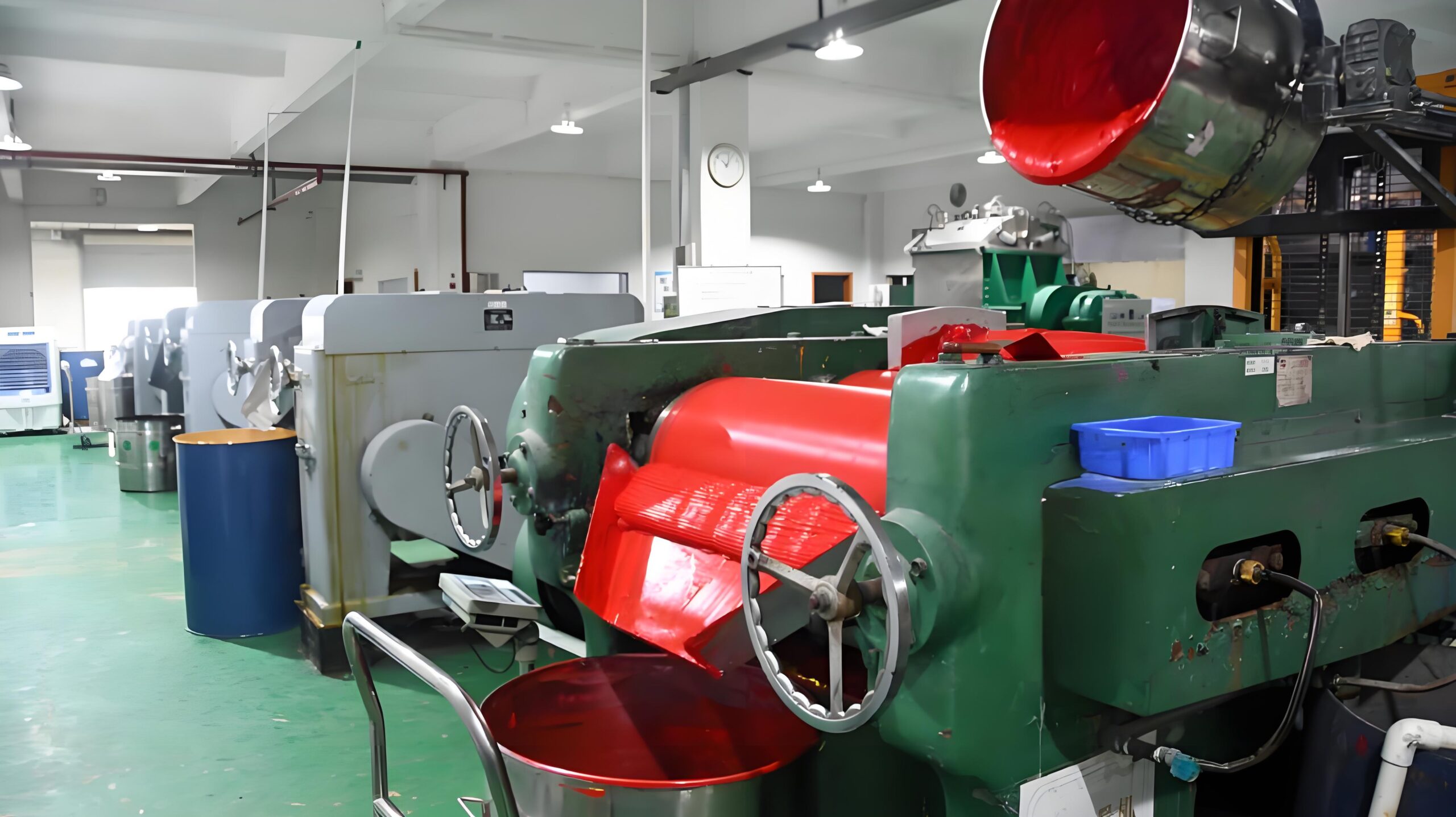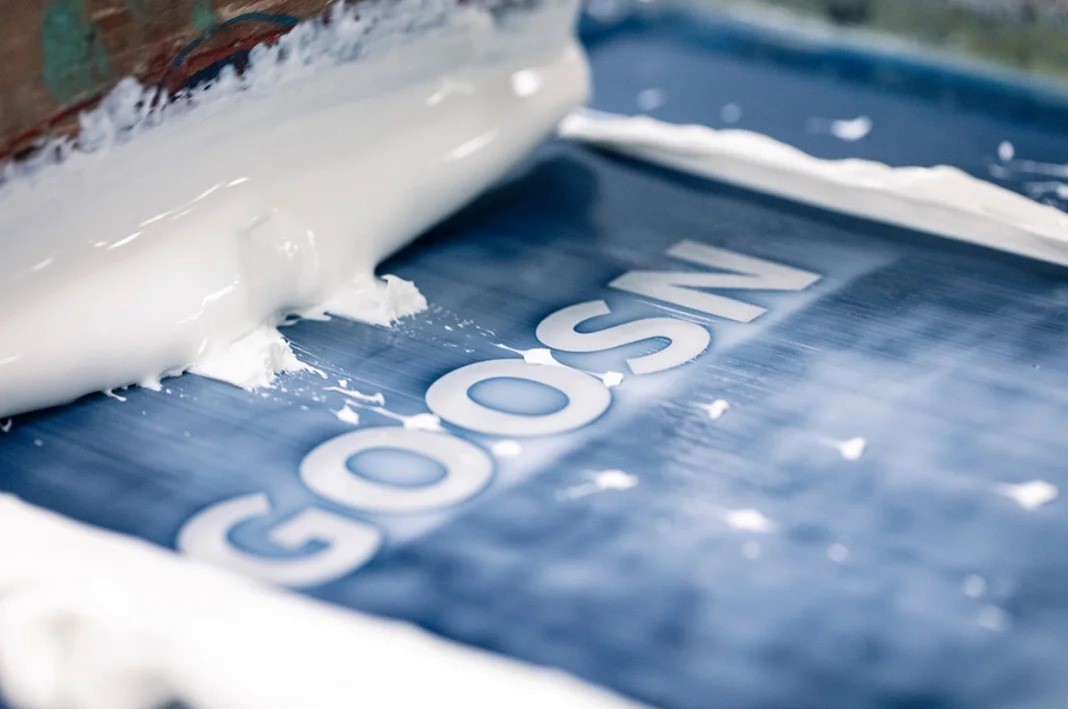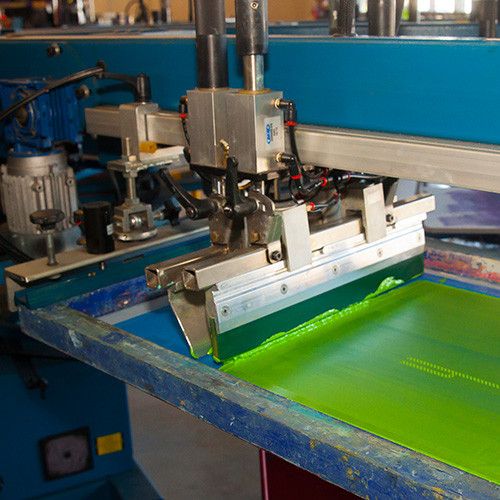20 Years Of Trusted High Quality Screen Printing Plastisol Ink And Non-Blocking Ink Manufacturer
“Factory Direct | Custom Ink Formulations for Cotton Fabric, Garments, Socks and Gloves | ISO 9001 and Oeko-Tex Certified”
Factory Direct Pricing
“Eliminate the middleman markup” – Order screen printing supplies in bulk at competitive prices including plastisol inks, additives and fillers.
“Custom ink samples (hot melt, water-based or non-blocking) delivered within 48 hours – perfect for printers to test new formulations.”
“Excels in mixing vibrant colors (Pantone), durable finishes (gloss, matte), and special effects (glow-in-the-dark, reflective, bulking additives).”
“A dedicated team to help with ink consistency, heat setting or substrate compatibility issues (polyester, synthetics, vinyl, leather).”
Screenprinting Ink Special Effects
Screenprinting Ink Special Effects
Non-Blocking Ink
Non-Blocking Ink
Your global fabric screen printing ink partner! We manage global orders through factories in the usa, China, Vietnam, Indonesia, Sri Lanka and global branches. With 10,000 employees, including 50 engineers and 100 sales experts, we provide a one-stop solution for your brand packaging needs. We have more than 300 automated machines that can complete the entire production process independently. . We are certified by ISO 9001:Oeko-Tex, SGS, Bluesign, etc. Our professional fields cover clothing, socks, gloves, underwear, webbing, shoes, etc.

“Three-step testing: incoming inspection (IQC) of raw materials (resins, pigments), outgoing inspection (IPQC) for viscosity and color consistency, outgoing inspection (OQC) for substrate adhesion (cotton garments, socks, gloves), etc.”
Dr. Sarah Lee, Director of R&D (15+ years experience):
“Focused on developing versatile and durable inks for harsh environments – most recent project: durable UV plastisols for outdoor products.”
Carlos Rodriguez, Production Manager (10+ years):
“Overseeing production 24/7 to ensure consistent quality of each batch of silk screen printing ink.”

2005: Founded as a specialty screen ink manufacturer focusing on plastisol and water-based formulations,offers the best selection screen print ink.
2010: Acquired ISO 9001 certification for quality control of ink mixing and testing.
2015: Launched automated production line for high volume production of hot melt adhesive inks (capacity of over 5,000 tonnes per year).
2020: Added Non-Blocking ink R&D lab to serve customers in the cotton and halftone industries.
2025: Expansion to serve over 500 customers worldwide, including OEM brands such as Permaset and Wilflex.
Customization Process:
Customer needs: specify substrate (e.g. cotton, polyester, spandex, etc.), effect (3D high density, glow-in-the dark,glossy, fluorescent) or brand requirements (private brand).
R&D team: prepare samples (e.g. Pantone color matching, 3D high density effect for cotton printing on clothing, halftone effect, etc.).
Production scale: from 1 kg (sample) to more than 1,000 kg (bulk), with optional packaging (cans, drums, custom labels).
Value-added Service: “Free Technical Manuals: “How to Optimize Screen Printing with Hot Melt Adhesive Inks” and “Anti-Clog Ink Storage Guide.”

Our Technology
✅ PVC-free screen printing thermosetting ink and non-phthalate
✅ Low-temperature fast-curing technology (120℃ fast curing)
✅ Super elastic skin-softening technology (elastic recovery rate>98%)
✅ Non-blocking screen printing ink (automatic printing machine operation 300+ hours)
✅ Nano-level pigment dispersion technology (color concentration increased by 40%, weather resistance enhanced by 200%)
Solve the problem of screen printing ink clogging and do not contain solvents
Get a free quoteHighly environmentally friendly, in line with children’s clothing standards
Get a free quoteMain Advantages Of Non-Blocking Ink
It can solve the problem of ink blocking the screen. It has better air permeability than water-based ink and Plastisol ink. It has excellent hiding power and opaque. It is suitable for various automatic screen printing machines and a variety of fabrics. It can effectively prevent migration. It can reduce ink waste on screen printing machines. The ink has a fine particle size that allows it to pass through mesh counts up to 350 threads per inch. And Ink It does not contain PVC, solvents, phthalates, heavy metals and other harmful substances.


Key Features:
“Offers the best Top quality environmentally friendly plastisol inks, formulated for all types of textiles, with vibrant, long-lasting colors.Has selection of screen printing”
“Available in over 50 vibrant prints standard colors or custom Pantone color matches – no minimum match required.”
Advantages Over Competitors:
1.“Dries 30% faster than regular plastisol inks – increases printer output by 15%.”
2.““Up to 98% excellent opacity on dark fabrics – reduces overprinting and ink waste.”
Customization Options: “Adjust viscosity (1-10x) for fine details (low viscosity) or bold textures (high viscosity).” “Add special additives: glow-in-the-dark particles, reflective flakes, or puff additive.”